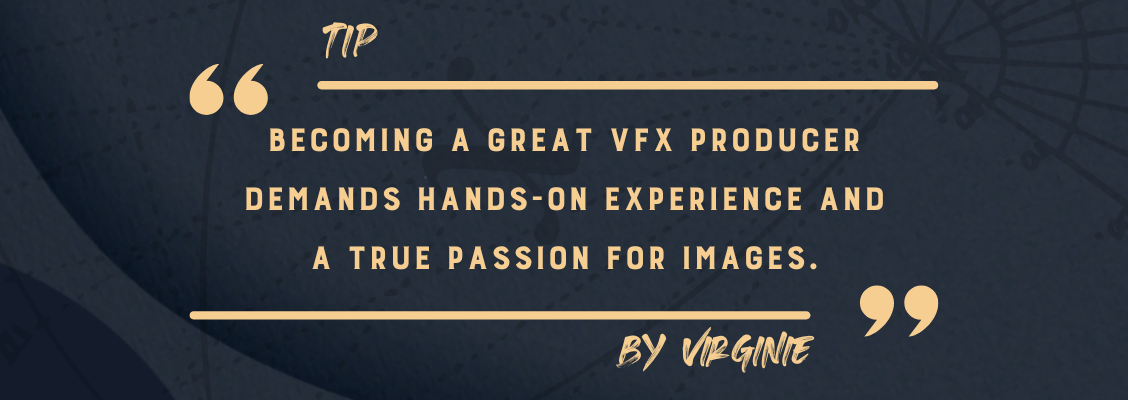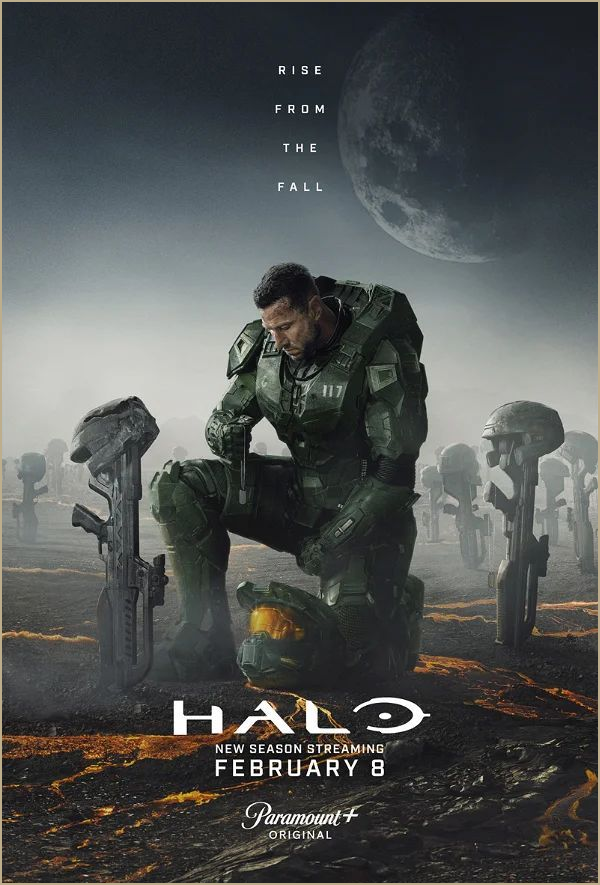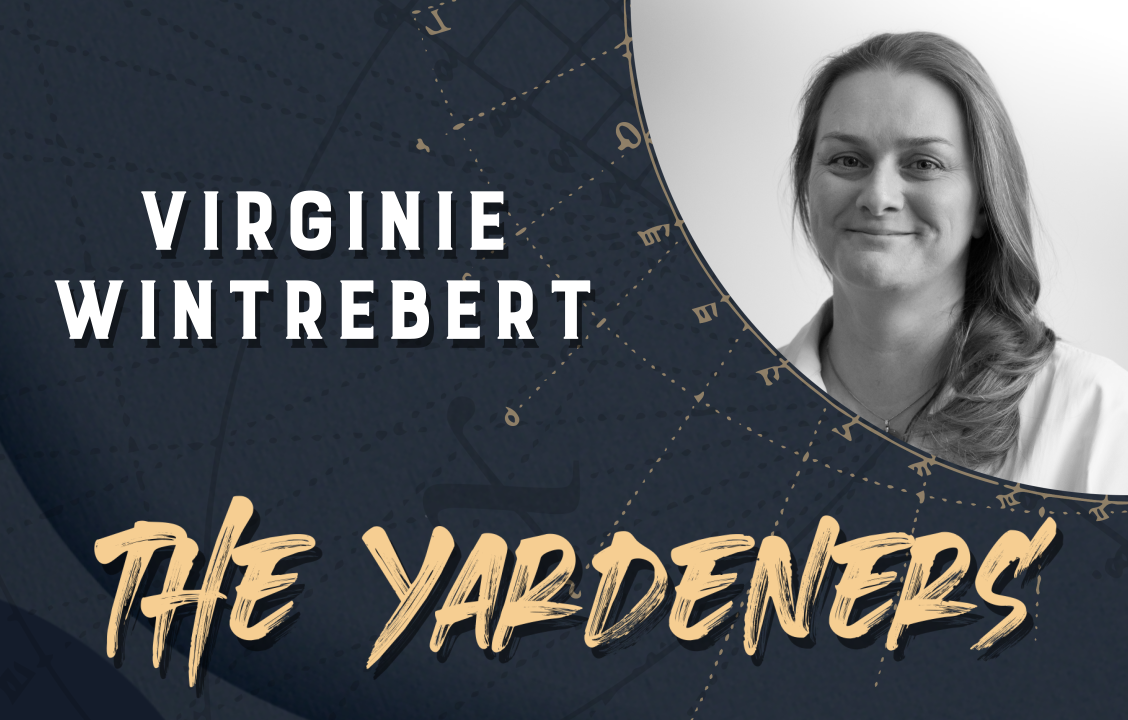
Meet The Yardeners – the passionate team at The Yard, committed to cultivating the seeds of creativity and transforming them into captivating visual effects, fruitful collaborations, and unforgettable stories.
This week, we are pleased to introduce you to Virginie Wintrebert, our Head of Production. With a career spanning close to 20 years in the industry, Virginie has collaborated with some of the world’s most renowned VFX studios on international productions. After spending time in Belgium, and Canada, she returned to France to join The Yard two years ago.
Hello Virginie ! Could you please explain your current role at The Yard ?
Hello everyone ! I’m the Head of Production of The Yard VFX. In this pivotal role, my responsibilities revolve around the development and maintenance of all tracking processes in production and oversee all the production team. I create various tools that empower us to forecast studio resources, track projects from quotation to final delivery, and conduct thorough cost accounting on shows. My main playground for this is Shotgrid, where everything must seamlessly translate into actionable data.
Additionally, I actively engage in business development alongside our CEO, Laurens Ehrmann.
Furthermore, I take on a mentoring role within my team, striving not only to guide them but also to instill a culture where VFX producers themselves evolve into mentors for their respective teams.
What brought you to VFX production ?
Ever since childhood, I’ve been captivated by images. At the tender age of 10, I couldn’t resist borrowing the family camera, and photography became one of my passions. Fast forward to January 1998, James Cameron’s ‘Titanic‘ swept through France, bringing with it a wave of behind-the-scenes documentaries. As I watched them, I was spellbound by the intricate artistry involved in filmmaking. Even though I was 14 at that time, this set me on a path toward working with images, though I wasn’t quite sure how yet.
‘Titanic’, 25th Anniversary Trailer – Paramount Pictures :
A few years later, I found myself torn between the crazy idea of entering into the film industry and the need for a backup plan, I decided to study computer science with an option in digital imaging. For four years, I studied mathematics and computer engineering in the north of France.
One day, I woke up and realized that I was slowly slipping into hardcore software development. I wasn’t ready to spend my life behind a desk looking at lines of code instead of pictures. So I joined a branch of the University of Toulon, in the south of France, the Ingemedia Institute. There, I embraced a multimedia project management program that offered a diverse curriculum, including digital communication, website creation, and the writing and directing of short films with VFX. This program was only one of its kind in France. It was during this time that Realviz, an editor of several 2D and 3D image processing tools, forged a partnership with Ingemedia, opening the door for me to explore motion capture, camera techniques, and body tracking with Matchmover.
While many of my peers opted for digital communication, only a handful of us ventured into the realm of visual effects. Today, they are scattered around the world in companies such as Framestore and Weta, and I’m happy to witness their success.
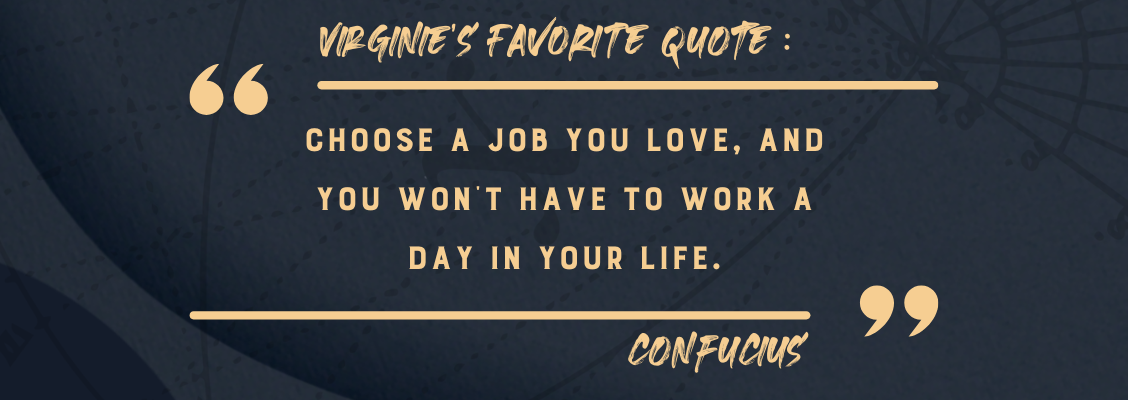
What do you find great about your department ?
I frequently emphasize to my team the crucial role production plays in the artistic creation process. Unfortunately, production roles are often unknown, with artists on the floor typically not distinguishing between production assistants, coordinators, line producers, and producers.
Believe it or not, orchestrating the working days of 50 or 100 artists over six months constitutes a full-time job, and it’s certainly not a task for just one person. The production department exists precisely because there’s an immense amount of data to collect, store, and track. Without a dedicated team to manage this data efficiently, the project’s effectiveness would be compromised.
This is why I often describe the production team’s role as one that leverages organizational skills to enhance a project’s creativity. When you’re organized, your team can devote more time to perfecting the imagery and maximizing the budget to create the most stunning shots possible.
What I appreciate about my department is that we operate in the shadows; few people understand the scope of our work, but we certainly do.
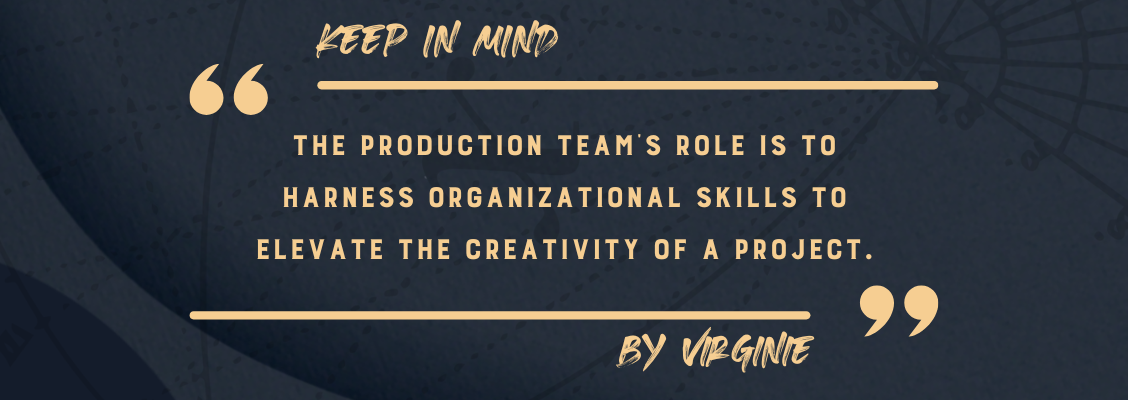
According to you, what are the main challenges in VFX production ?
Recent years have presented significant trials for the VFX industry. From the challenges posed by COVID-19 to more recent obstacles like the writers’ strike, VFX companies must adeptly anticipate and adjust their team sizes. Amidst these trials, our greatest challenge lies in retaining and nurturing the talent we’re fortunate to work with. One of our strengths at The Yard is the team we’ve built up over the years; together we push the boundaries of our capabilities.
Technical prowess and innovations in VFX are vital and they can be acquired and integrated over time. However, acquiring cohesion and synergy within a team presents a far greater challenge, in my view. The production team, including the supervisors, have a pivotal role to play to achieve this. We serve as the link uniting our collective efforts. This is why, at The Yard, we consider that effective communication within the team is paramount to our success.
Throughout your career, you’ve had the opportunity to work at diverse studios across the globe, in Europe and Canada. Have you noticed any discernible differences in the approaches to VFX production across these regions ?
Indeed, there’s a noticeable contrast between the French approach and the Anglo-Saxon approach to VFX production. When working on international projects, everything is governed by a contract known as the award.
This agreement outlines the terms between a studio producing a show and a VFX vendor. It defines the allocation of VFX work based on a pre-shooting bid and a turnover schedule. In return, the VFX vendor commits to allocating resources in line with the studio’s needs as per the bid and the turnover schedule.
Such arrangements don’t exist in France. The main reason being that the scale of projects in France typically doesn’t necessitate producers to ensure the availability of a VFX vendor to carry out the VFX work their project requires.
Yet, with the rise of more ambitious projects in France, this dynamic may evolve. As VFX studios become increasingly occupied with projects, there may be a growing need for the French film industry to formalize agreements and align schedules with VFX vendors.
‘Notre Dame on Fire‘, directed by Jean-Jacques Annaud, is one of the three French films, which allocated over €1 million to VFX in 2022.
You recently took part in a roundtable discussion at PIDS 2024 focusing on the roles of VFX Production. Why was it crucial to highlight this profession ?
Recruiting for production roles has consistently proven challenging. Finding profiles with international experience is rare.
We often find ourselves needing to widen our search, seeking out individuals who may not have prior experience in VFX production but demonstrate a genuine interest in VFX along with strong logical and organizational skills. When we do come across such promising candidates, investing in their training becomes imperative.
However, there’s hope on the horizon with initiatives like the introduction of production training within schools’ programme such as at ArtFX, which signals a potential shift in the coming years.
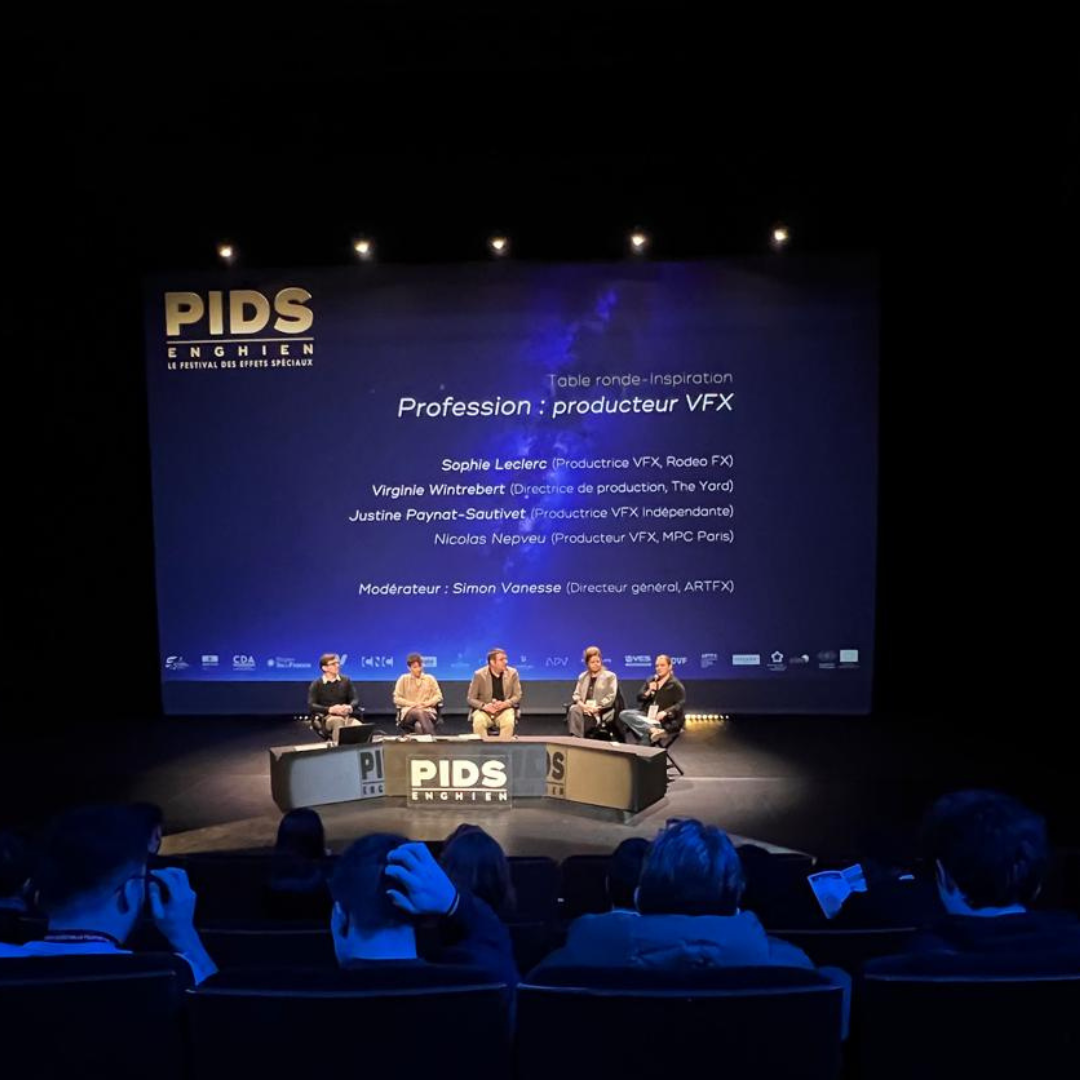
The attractiveness gap of VFX production roles is largely attributed to the profession’s lack of visibility. Hence, participating in discussions like the roundtable was essential. It provided an opportunity to not only shed light on our roles but also share our vision of the work. By amplifying the discourse around our profession and our passion, we enhance the prospects of raising awareness and fostering greater enthusiasm for VFX production.
Looking back at your career, is there a particular project that stands out to you as the most memorable ? If so, why ?
It’s challenging to single out one project over another, as each has contributed significantly to my professional growth. From Duran Duboi to Framestore to Rodeo FX, I’ve been fortunate to work on a diverse array of projects, each offering invaluable learning experiences. If I had to highlight a few, I’d pick :
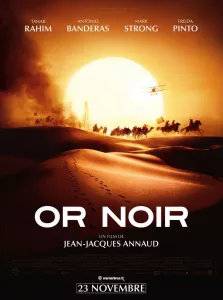
‘Black Gold‘ because collaborating with Jean-Jacques Annaud was truly remarkable. His clarity of vision was inspiring, and the project fostered an incredible sense of teamwork.
The people I’ve had the pleasure of working with at Duran Duboi, Scanlab, and LTC have taught me a lot about filmmaking in my early days. Much of my technical background comes from the guidance of these passionate individuals who generously shared their knowledge whenever I sought advice.
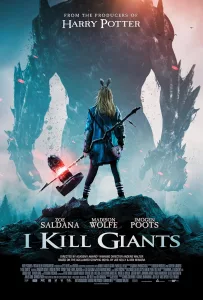
‘I Kill Giants,’ produced by Chris Columbus and directed by Anders Walter, left a lasting impression on me. Being on the client’s side offered me a unique perspective into the intricacies of production, providing invaluable insights that have proven beneficial throughout my career.
« His Dark Materials, » the BBC/HBO series, holds a special place in my heart. It marked my first venture into a project involving a large number of CG creatures, with 650 shots, including a remarkable full CG sequence featuring a dialogue scene between a bear in armor and a bird.
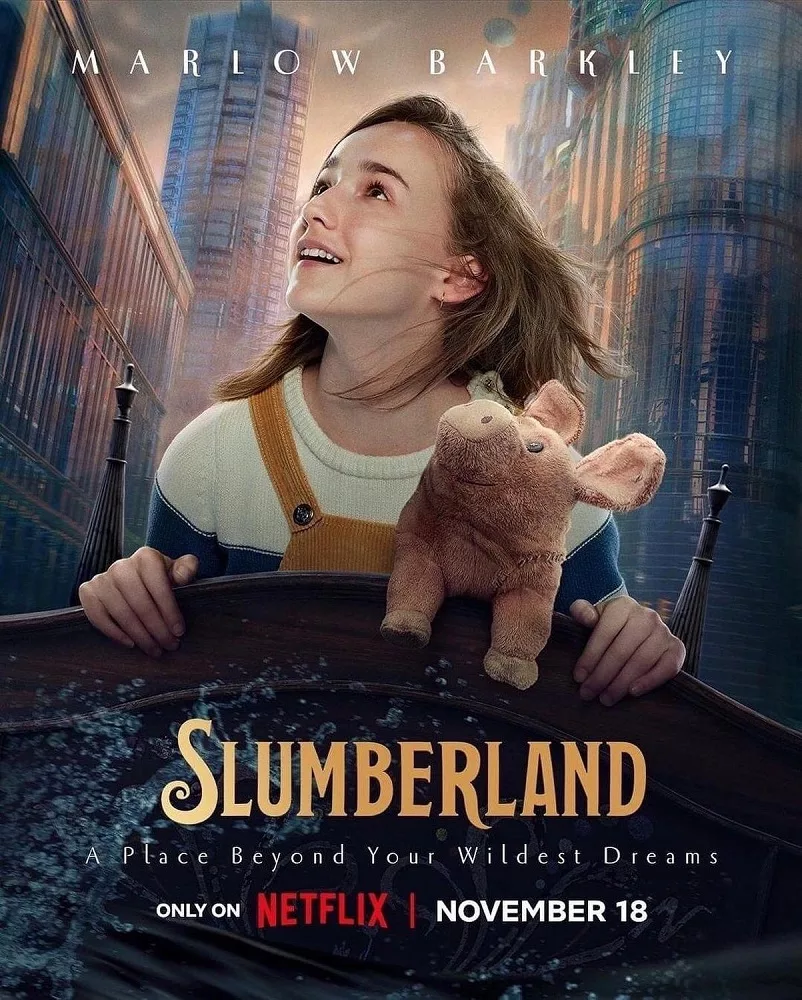
One of the final projects I worked on before returning to France was ‘Slumberland,’ directed by Francis Lawrence. It was an absolute thrill! Our team was tasked with bringing to life the main CG character, the pig. This cuddly toy manifested in Nemo’s dreams, where her bed takes her across the city to the ocean to sail among the dolphins.
We evolved in an extremely creative working atmosphere with briefs such as “we need to feel the stuffed pig’s emotions” or “Make the bed walk as if he is a baby giraffe learning to walk”. The exceptional talent of the artists and supervisors I had the pleasure of collaborating with brought to light this purely dreamlike universe.
If you haven’t seen this movie yet, I highly recommend it!
And lastly, this past year at The Yard has been incredibly dynamic. I’ve been deeply engaged as VFX Executive Producer in two major projects spanning over a year. One of them, ‘Halo – Season 2‘, was recently released on Paramount +, while the other is still in production. So, stay tuned for more updates to come !
Any advice you’d give to students considering a career in VFX production ?
High-quality visual effects require time, skilled personnel, budget and a huge dose of passion. It’s the role of a VFX producer to orchestrate the convergence of these crucial elements.
Working in visual effects production is an exciting profession for individuals who possess innate organizational skills, tenacity, and a touch of geekiness. I often emphasize that becoming a proficient VFX producer requires hands-on experience and, above all, a deep-seated love of images.
So be curious, passionate and join the force!
